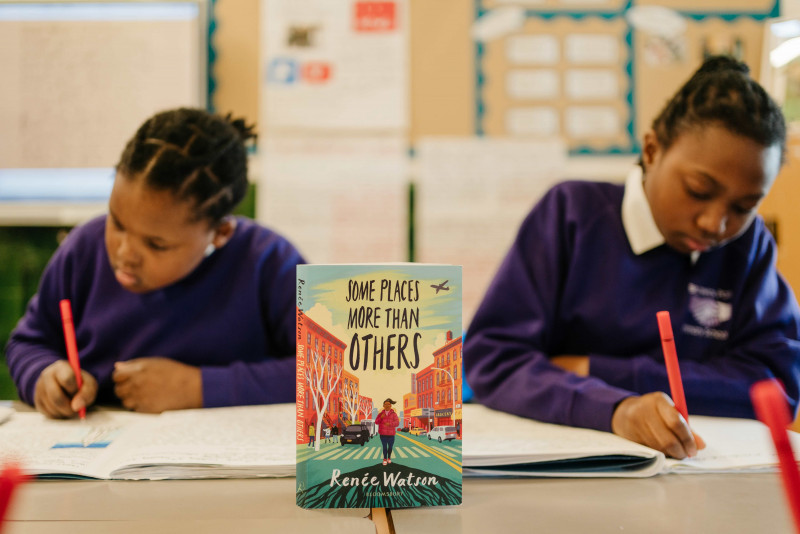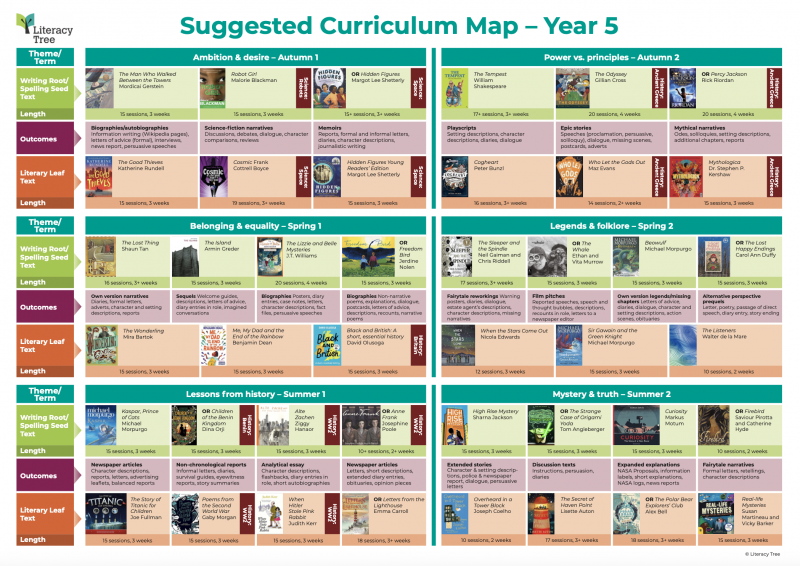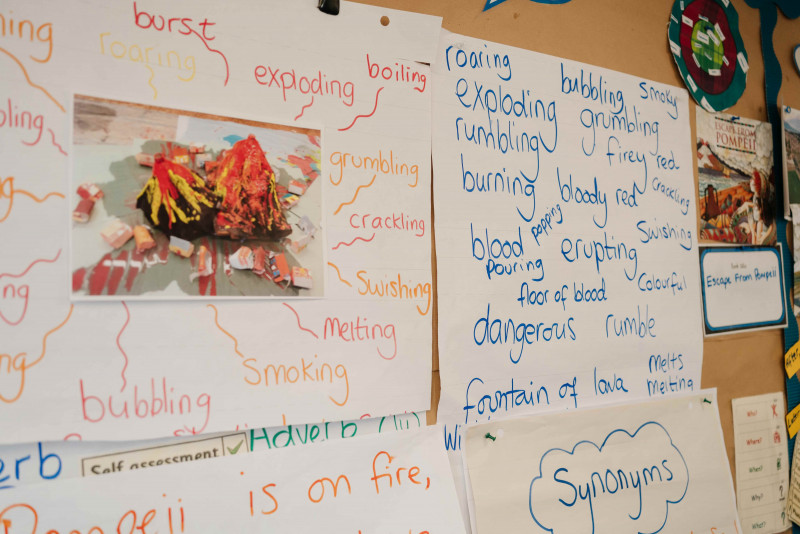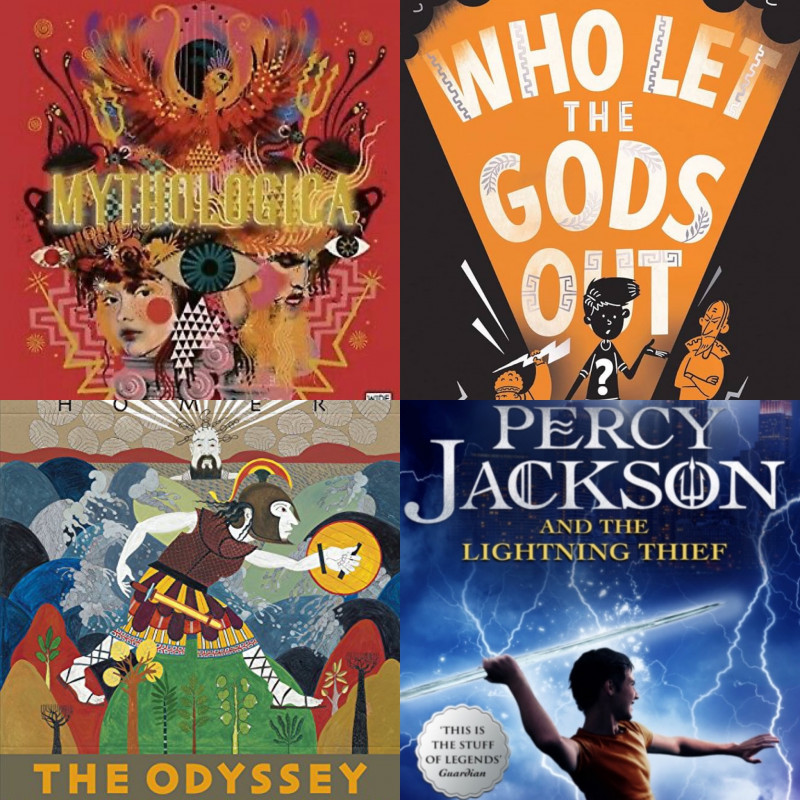Written byAlex Francis
Senior Consultant & Resource Manager
See More
Last term, we began exploring the various considerations needed when choosing which books to use at different points across the school year. In the second part of the blog, we will examine further some of the aspects to take into account when selecting books for your curriculum.
Deliberate diversity
At Literacy Tree, we are very proud of the diverse and inclusive nature of the books we choose. We are fiercely passionate about the importance of children seeing themselves and others in the books they read. To borrow the phrasing of Rudine Sims Bishop, we want the books children read to be both windows to the wider world which may be different from their own, and mirrors in which they see themselves and their own realities. It is important to take this into consideration when mapping out your text choices across the whole school. Are the choices of texts you have taken from the curriculum maps providing children with diversity across all levels? Do your text selections include diversity of race and culture? Are all family dynamics represented? Are disability and neurodiversity represented within your school offering? Tracking diversity in text selections across each year group by considering these questions allows you to see the literary experience children will encounter as they move through the school and ensure that diversity is balanced and carefully considered across their time with you.


Themes versus topics


Our curriculum maps organise texts by themes as opposed to topics. Grouping text by their thematic links allows for higher-quality text choices and develops children’s skills at making connections between texts and identifying the similar (and different) themes and conventions within them. As such, we always advocate going ‘text-first’ rather than finding a book to shoe-horn into a particular topic, to allow a clear focus on that high-quality text choice based on literary merit. A theme of, for example ‘Exploration and Discovery’ is far more flexible and wide-ranging than the topic of ‘Ancient Egypt’. That being said, there are of course a number of brilliant, high-quality texts which tie in beautifully with common topic choices (particularly those with a history focus) in different year groups. Odd and the Frost Giants by Neil Gaiman, for example, works brilliantly alongside a Vikings topic. The power quad of The Odyssey by Gillian Cross, Mythologica by Dr Stephen P Kershaw, Percy Jackson and the Lightning Thief by Rick Riordan and Who Let the Gods Out by Maz Evans are beautifully rich, engaging texts with which to tackle your Ancient Greece topic. Take a look at some of our recent book lists for more insight into quality text choices with a particular historical, geographical or scientific link.
We hope the insights in this two-part blog into the considerations surrounding which texts to place where across the year prove useful in supporting you to map out your Literacy Tree year in a manageable, cohesive and comprehensive manner. To gain a clearer understanding around why we’ve chosen the texts on our curriculum maps, take a look at our Text Rationales. If you ever have any further queries surrounding text choices or placement, then don’t hesitate to get in touch!
Posted in: Book Choice | Curriculum



